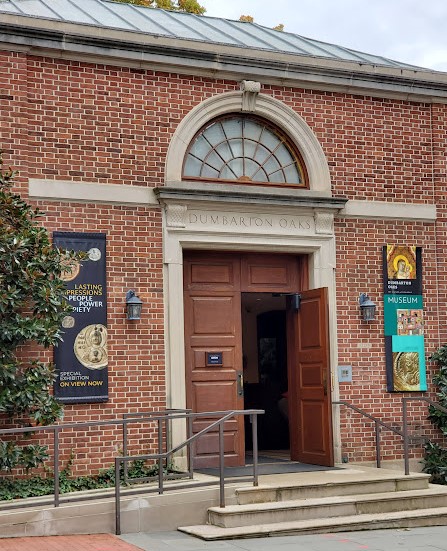Apr 25 2017 - Aug 31 2017
Dumbarton Oaks Research Library and Collection
Washington, DC
It was “the supreme spectacle of the age,” according to one effusive advertisement. In 1922, the Astor Theater in New York screened Theodora, an Italian silent film about the scandalous life of the eponymous sixth-century Byzantine empress. The film featured live lions, a cast of twenty-five thousand people, and reconstructed Byzantine architecture, sculpture, and mosaics. Most important, however, was the “love-mad woman” at the heart of it all.
This film, like several others of its day, was born from a larger western fascination with the empress Theodora. In the early 1880s, average people in Europe and North America became increasingly interested in the aesthetics and style of Byzantium. The French playwright Victorien Sardou propelled the empire into the mainstream with his sensational 1884 play Théodora, which starred the famous actress Sarah Bernhardt as the empress and boasted extravagant sets and costumes. The following decades saw Theodora transformed from an obscure historical figure to an icon of fashion, theater, and film. Her face appeared on postcards, newspapers, magazines, and advertisements. Many westerners received their first exposure to the Byzantine world through these imaginative renderings of Theodora.
The Dumbarton Oaks Archives is excited to announce the arrival of a new exhibit focusing on this cultural phenomenon. Imagining the Empress: Theodora in Popular Culture, 1882–1922, [....] aims to expose viewers to the ways in which a single historical figure infiltrated popular culture and helped bring an awareness of Byzantium—albeit a skewed one—to the general populace.
Credit: Exhibition overview from museum website
Exhibition Venues & Dates
Apr 25 2017 - Aug 31 2017
Dumbarton Oaks Research Library and Collection
Washington, DC
